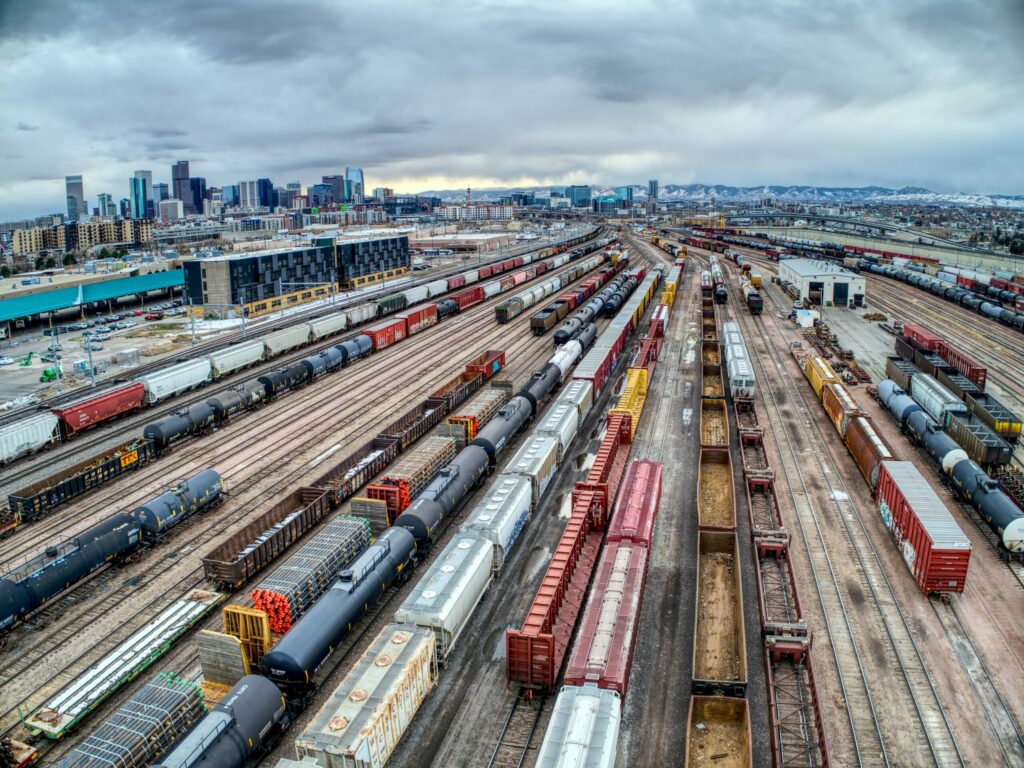Logistics Technology: Reviewing and Predicting Trends

Blume Global wrote a comprehensive recap of the year’s supply chain technology, and indicated where they think trends will move in 2023. Understanding trends means staying ahead of the curve in an ever-changing world.
Blume reports that artificial intelligence and machine learning continue to show “great potential.” The potential, however, remains largely untapped. In an “antiquated industry,” it’s no surprise that AI/ML aren’t being used to optimize information and organizations. Blume cites straight-through processing (STP) as the most important thing to understand and embrace. Although human components of the supply chain can’t be replaced entirely, 99.5% of operations could be automated.
Blume also emphasizes the importance of access to visibility-providing technology. When the economy is growing, visibility comes to the forefront. When there’s a recession, it seems to disappear. Maintaining a focus on visibility will be crucial to supply chain optimization, both across the board, and for within companies big and small.
So what’s the future of visibility? Blume thinks it lies in “ubiquity, and that visibility will become “part of every supply chain planning and supply chain execution system.” What will it look like in ten years? A well-integrated concept used throughout the supply chain.
At RailState, we believe supply chain visibility will advance beyond just tracking your shipment, and will function with greater and greater precision. Because your shipments are your shipments, they are not “the supply chain”. People reflexively relate the term “visibility” to the location of their unique shipments. Visibility to the supply chain requires information on the whole network over which the shipments move. With real data on the network, shipments can be planned/timed around trouble – increasing capacity for more shipments.
There’s a major network visibility gap within rail, which is what RailState aims to fill. Our coverage of Canada’s major railways helps Canadian rail users understand trends along the lines they care about. Those with access to RailState’s data are able to see a commodity’s flow trends over time, as well as how that commodity is affecting others. Our unique data also provides historical insights, allowing customers to better plan for the future. Our customers use this proprietary data for strategic planning, supply chain management, contract negotiations, and commodity trading. They make data-driven decisions that enable them to optimize the capacity supplied by the railways, resulting in more products shipped, more money made, and less time lost.
